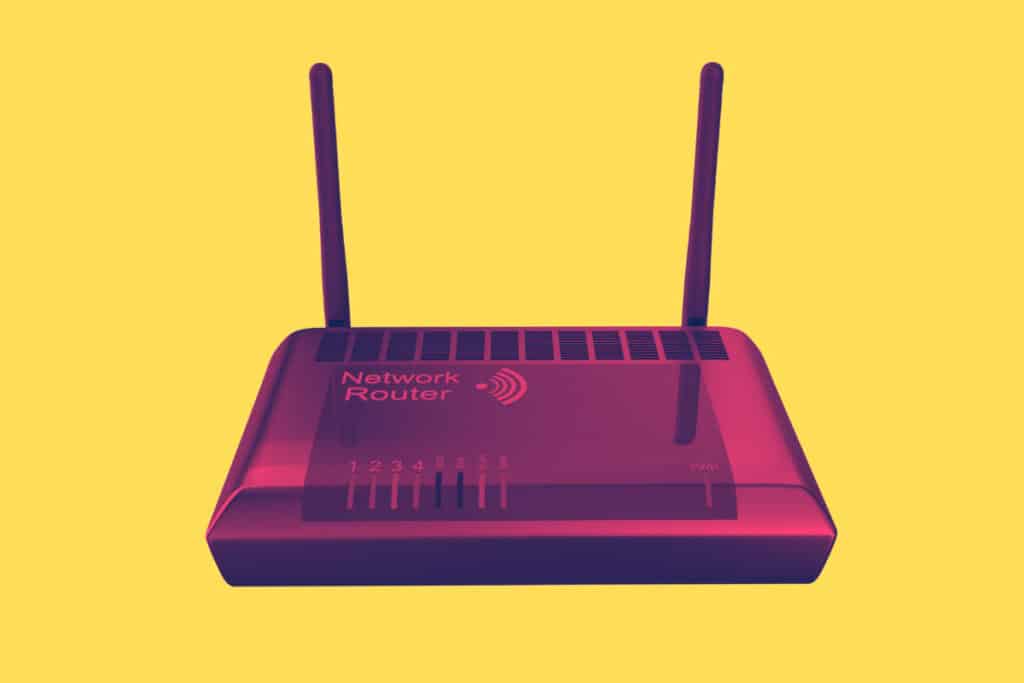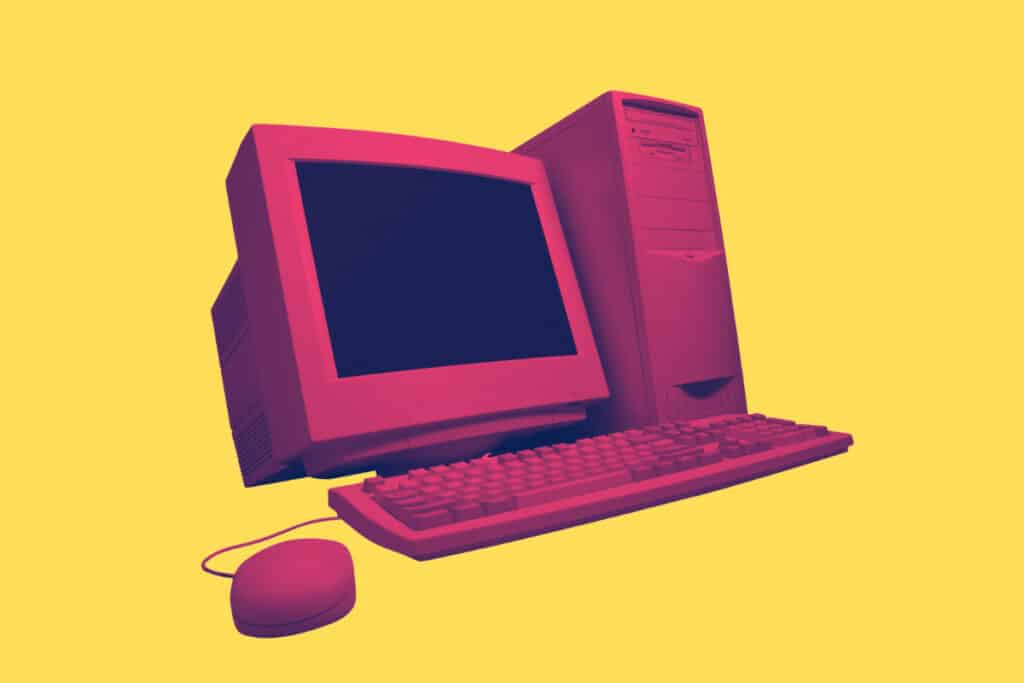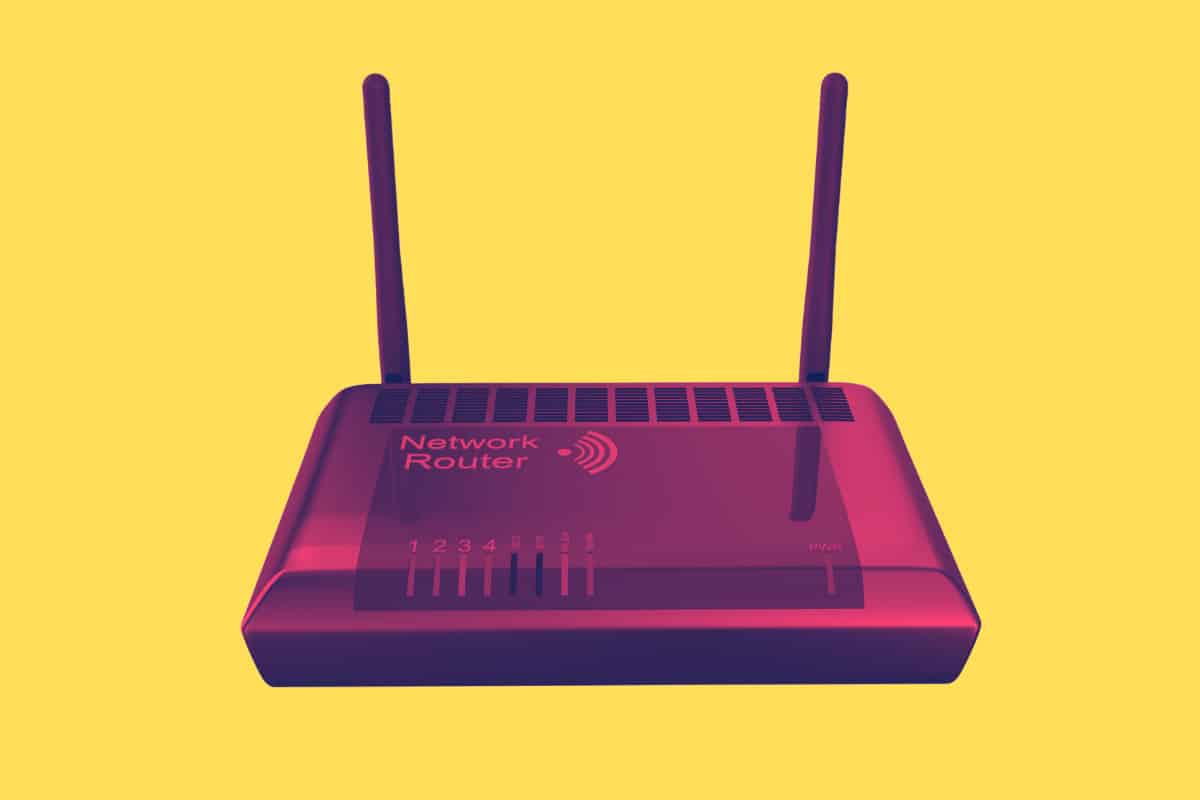What does the word WiFi mean? How did it come to be? And is there a right and wrong way to write it? Let’s find out…
TL;DR: Key Takeaways
- WiFi Doesn’t Stand for “Wireless Fidelity”: Contrary to popular belief, WiFi doesn’t stand for “wireless fidelity”. It’s a term coined by marketing professionals to refer to the IEEE 802.11 technology that powers wireless networks. The term was chosen for its simplicity and memorability.
- The Birth of WiFi: Before WiFi, the internet was accessed through dial-up connections, which were slow and required a direct connection from the router to the PC. The advent of broadband and WiFi in the early 2000s significantly increased internet speeds and allowed for more flexibility in internet usage.
- Dial-Up vs Broadband: Dial-up internet was limited in speed and required a dedicated phone line, which meant you couldn’t use the phone and the internet at the same time. Broadband, on the other hand, allowed for simultaneous phone and internet use, and provided significantly faster and more reliable internet connections.
- The Evolution of Internet Speeds: The transition from dial-up to broadband, and then to mobile data, has seen a dramatic increase in internet speeds. This has enabled the rise of streaming services like Netflix and YouTube, and has significantly impacted global economies.
- The Importance of Speed: The key takeaway from the evolution of the internet is that faster internet is better internet. Speed has always been at the heart of the internet’s development, and faster download speeds have enabled a host of applications and uses that were previously impossible.
Most people use WiFi every single day. Whether at home, at work, or in your local coffee shop, WiFi networks are used by billions of people every single day. But most people have NO IDEA what WiFi actually stands for. And if they do think they know, they’re usually wrong.
The history of how the name WiFi came to be is actually a rather interesting one. The most interesting aspect about the genesis of the term WiFi is that, contrary to popular opinion, it DOES NOT mean “wireless fidelity” – although plenty of bonafide geeks will argue it does.
So if WiFi doesn’t mean “wireless fidelity” what does it mean? Let’s investigate this further and get to the bottom of the history and meaning of the word WiFi one and for all…
What Does WiFi Stand For?
Most people assume that WiFi stands for “wireless fidelity” but this isn’t actually the case. The word WiFi itself doesn’t actually mean anything. Why? Simple: there is no such thing as “wireless fidelity”. The phrase WiFi was actually coined by marketing people to refer to the technology that powers wireless networks, IEEE 802.11.
Now, IEEE 802.11 doesn’t exactly roll off the tongue. And it certainly wouldn’t look very nice on big, sprawling marketing campaigns in Times Square and inside glossy, magazine adverts. And this posed a problem. In order to market wireless networks back in the day, the marketing people needed a term that was shorter, sexier, and easy to remember.

Fidelity means – in most cases – loyalty or continued support. Prior to the release of WiFi, internet networks weren’t known for their reliability. WiFi wanted to change this and the marketing people wanted to connote a meaning of trust into the branding of it, so the term Wireless Fidelity was suggested. People liked it, responded well to it in tests, so the name stuck.
But in order to make it look and sound more technical, the term was abbreviated down to WiFi. And the name stuck. But wireless fidelity itself isn’t a thing, it is just a more palatable way of saying IEEE 802.11. And when it comes to marketing, palatable – especially when you’re pushing a new technology – is the name of the game.
What Came Before WiFi?
If you’re old enough to remember a world without WiFi, you’ll know exactly what came before wireless internet. It was called dial-up internet and it worked in much the same way as the internet does now, only with dial-up internet you were stuck at a single terminal – dial-up required a direct connection from the router to your PC.
Dial-up internet worked through your phone line and, for the most part, was painfully slow. How slow? Put it this way: opening an image on dial-up could take as long as five minutes, depending on its size, whereas now images are loaded instantly. Back in the mid to late-90s, though, this was how the internet worked. There was no Google and download speeds were appalling.

Oh, and if someone was using the internet in your home, you couldn’t use the house phone. This fact alone made dial-up internet one of the biggest causes of arguments between parents and teenagers during the years 1995 to 2000. As someone that personally lived through this, I can only tell you that it was problematic.
During the early-2000s, broadband and WiFi began to become more popular, gradually replacing dial-up internet. The jump in speeds from dial-up internet to broadband was significant. In fact, this single change probably generated trillions of dollars alone for the global economies – it made entire economies run faster.
Dial-Up vs Broadband Speeds – What’s The Difference?
Dial-up internet speeds were limited, but not just with respect to its overall speed. Most dial-up routers could only handle internet speeds of 56K, thanks to the nature of telephone systems. But if the internet was to succeed, things had to change. And this is where broadband came into the mix.
With broadband, the internet was delivered in a completely different way – although it still used phone lines. You could browse the internet AND use your house phone. And this new form of internet allowed ISPs to start improving internet speeds by as much as 1000% inside a few short years.
And then, of course, came mobile data for phones, starting with 1G and then progressing to where we are now with the rise of 5G which, inside the next few years, could begin topping previously unheard of speeds, making 4K gaming on the go as easy as streaming a movie at home.
Broadband and dial-up Internet connections differ in a number of ways. While both employ telephone lines, broadband doesn’t share a line with a telephone. Users aren’t deprived of the use of their telephone while using the Internet and there’s no payment to the phone company for the amount of time spent on an Internet connection. In fact, with a broadband connection, the Internet connection is constant – once installed, the connection is never broken, so that all a user needs to do is open a browser window; no time is lost establishing a connection.
ETJ
Faster Internet is Better Internet
What’s the moral of the story here? It’s pretty simple: faster internet, whether you’re talking about it at home or on your phone, is better internet. Speed has always been at the heart of the internet, getting more of it, and the applications and uses that are born from it. Without fast download speeds, we wouldn’t have Netflix streaming or things like YouTube.
And fast internet for your home has never been cheaper either. You can now access ultra-fast broadband for a fraction of the cost that it used to be, unlocking speeds of 1Gbps in some areas. And if you have 1Gbps internet, you’ll never need to worry about speed again.
Internet Slang Glossary
Additional Resources
- WiFi 6 vs WiFi 6E – What’s The Difference?
- Explained: What Is The Difference Between Wifi Boosters, Repeaters & Extenders?
- What is WiFi 7? And How Fast Will It Be? Let’s Find Out…
- What is 5G WiFi Broadband? Everything You Need to Know
- WiFi 6 Explained: Why You’ll 100% Want It Inside Your Next Phone…
- How To Change WiFi Channel (And Get Faster Internet)


